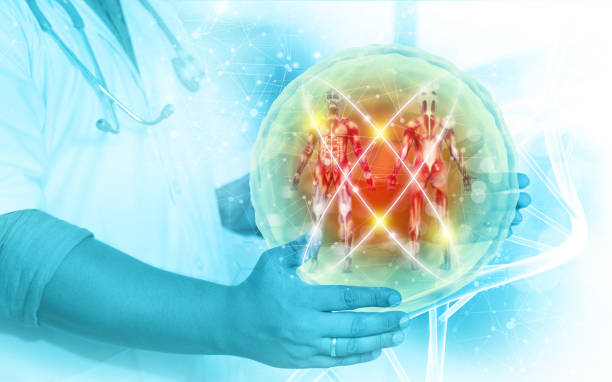Key Takeaways
- Accelerated tissue regeneration is a groundbreaking field in medical science.
- Understanding the body’s natural repair mechanisms can lead to innovative treatments.
- New therapies are emerging, offering hope for quicker recovery times.
Introduction to Tissue Regeneration
Tissue regeneration is the body’s ability to heal and replace damaged cells, from minor injuries to significant tissue damage. Recent advancements in accelerated tissue regeneration include hyperbaric oxygen therapy Dubai, which uses high-pressure oxygen environments to enhance oxygen availability in the blood, promoting faster cell regeneration and recovery. HBOT is one of several methods explored to improve healing rates by highlighting the importance of oxygen in cellular recovery. Continued research in this area holds the potential to transform medical recovery methods.
Natural Repair Mechanisms
Understanding the body’s natural repair mechanisms is essential for accelerated healing. The healing process starts with inflammation, followed by granulation tissue formation, and ends with remodeling to restore tissue structure and function. Recent research highlights the importance of optimizing these stages to improve healing speed and efficiency, particularly by controlling inflammation while maintaining its protective role. This approach aims to enhance natural responses and develop new therapeutic interventions.
Innovations in Regenerative Medicine
Regenerative medicine has witnessed significant innovations, fundamentally changing our approach to healing. Mimicking the body’s natural extracellular matrix, advanced technologies like bioactive scaffolds and engineered biomaterials offer an optimal cell survival and renewal setting. These innovations provide a scaffold that supports the growth and organization of new cells, effectively expediting the body’s ability to regenerate tissue.
Moreover, interdisciplinary efforts combining nanotechnology and biochemistry create intricate pathways to guide cell behavior and improve tissue integration. These people’s thoughts signify the dawn of a new era in medical science in which natural healing capabilities are met and surpassed.
Stem Cell Research
At the very heart of regenerative medicine lies the use of stem cells. These unique cells can differentiate into various specialized cells, making the body susceptible to developing treatments for multiple conditions, from neurological disorders to cardiovascular diseases. As researchers work to harness these versatile stem cells, they hold considerable promise for innovative bodies that enhance tissue regeneration.
Studies today examine stem cells’ potential to replace damaged cells and activate the body’s natural repair mechanisms. With continuous advances, stem cell applications are expanding, promising to reshape how medicine addresses complex conditions and injuries.
Role of Diet and Lifestyle
While technological innovations are key, the role of diet and lifestyle in supporting tissue regeneration should not be overlooked. A nutritious diet packed with vitamins and minerals is the cornerstone of healthy cellular processes. Essential for collagen production and cell repair, nutrients like vitamin C, zinc, and protein directly influence how tissues heal.
Moreover, physical activity improves circulation and increases the supply of oxygen and nutrients to tissues, facilitating a conducive environment for regeneration. Individuals can significantly bolster their bodies’ healing capabilities by marrying these lifestyle choices with medical advancements.
Challenges and Ethical Considerations
The path to accelerated tissue regeneration is not without its challenges. Ethical considerations, especially concerning stem cell research, are at the forefront of discussions. Debates continue over the sourcing and management of stem cells, emphasizing the need for strict ethical guidelines and transparent research practices.
Furthermore, it is crucial to investigate new therapies’ long-term safety and effectiveness thoroughly. Addressing these challenges with careful research and open dialogue ensures that advancements are pursued responsibly and ethically.
Future Prospects
As research and technology evolve, the future of accelerated tissue regeneration looks incredibly promising. The potential benefits, ranging from reduced recovery times to improved quality of life, are significant. As we deepen our understanding of the body’s regenerative capabilities, new therapeutic avenues will likely emerge, fundamentally transforming recovery strategies.
Innovations between scientists, healthcare professionals, and technologists are set to unlock unprecedented advancements. With dedication and innovation, the aim is clear: to empower the body’s healing processes, making rapid and efficient recovery an accessible reality for all.



